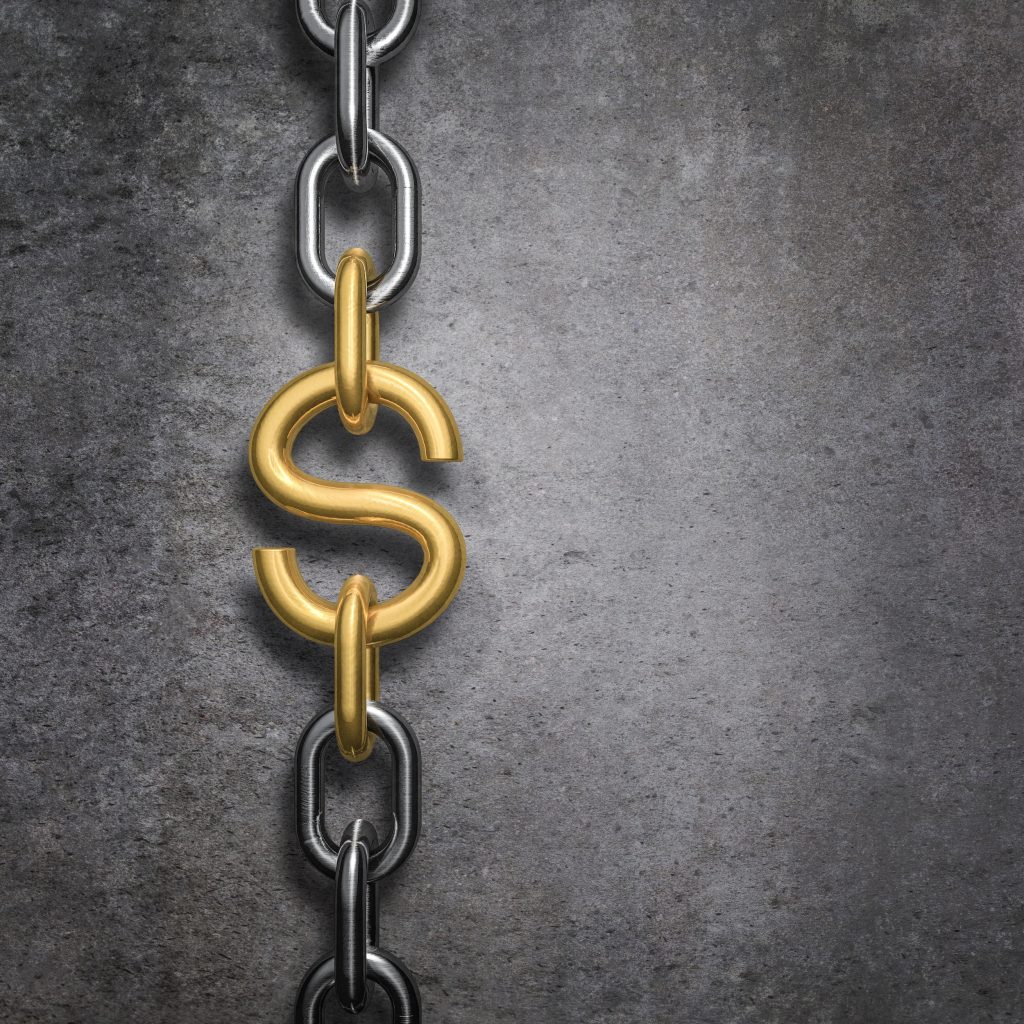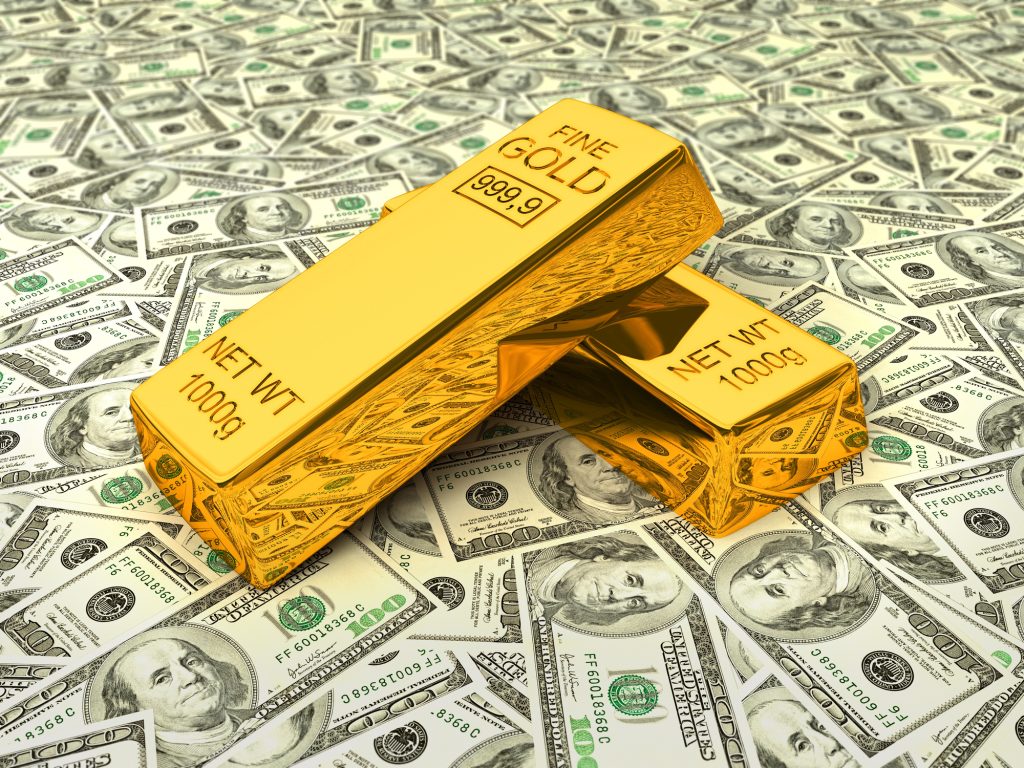Over fifteen centuries ago, according to an ancient Sanskrit legend, a mythical Hindu priest named Sissa was ordered to invent a new board game to entertain the king of Taligana.
Sissa labored over the task for quite some time, but he eventually brought the King a military strategy game with a 64-square board and beautifully hand-carved pieces. Today we call this game chess. And according to the legend, the King was absolutely enamored with it.
So enamored, in fact, the King offered Sissa any reward he desired. So, the priest asked for a single grain of wheat to be placed on the first square of the chess board. Then two grains on the second square. Four grains on the third. Eight grains on the fourth. And so on.
The King of Taligana thought the request to be humble and cheap. After all, a little bit of wheat was nothing compared to the endless entertainment of this new game. So, he ordered his men to bring in the grain.
But as they continued counting, the numbers began to grow quickly.
One-quarter of the way through the board (sixteen squares), Sissa was owed around 131,000 grains– roughly four kilograms of wheat. No big deal.
But with every square the amount kept doubling. Halfway through the board Sissa is owed over 8 billion grains– about a quarter of a million TONS of wheat. And it keeps doubling from there.
By the final square, the amount of grain owed is far more than all the wheat that the world can possibly produce.
This is known in mathematics as exponential growth, i.e. when something grows at a faster and faster rate. Sort of like my kids. Or more ominously, the US national debt.
According to data just released by the federal government, interest on the national debt for Fiscal Year 2024 (which just ended last Monday, September 30) was roughly $1 TRILLION.
That’s just the interest bill.
And while that number itself is simply astonishing, it’s even more important to put it in context. $1 trillion is significantly more than the government spends on virtually EVERY other line item, including the military and Medicare.
In fact, Social Security is the ONLY federal program whose budget exceeds interest on the debt. For now. But within the next 5 years, interest on the debt will surpass even Social Security.
Just going back to FY 2020— which started pre-pandemic on October 1, 2019— the interest bill that year was “only” $345 billion. And in FY21, it only rose to $352 billion. That was just a $7 billion, or 2%, increase. No big deal.
But in FY 2022, it took a more significant jump to $475 billion. Then $660 billion. And now a TRILLION dollars.
So not only is the interest bill increasing, but the rate at which it is increasing… is increasing.
Just like grains of wheat on a chessboard, this is an exponential problem. At first it looks manageable. Even paltry. But around halfway through the chessboard, the problem starts to spiral out of control very quickly.
Technologist and author Ray Kurzweil actually refers to this phenomenon as “the second half of the chess board”, i.e. the part of the exponential growth model where the problem becomes too big to solve.
How did the most powerful nation in the history of the world reach this point?
For starters, a complete lack of discipline when it comes to federal spending. For decades now, the government has spent money as if there were no limit and would never be any consequences to increasing the debt.
This was most noticeable during the pandemic when they (and the media) engineered widespread fear and hysteria, shut down the economy, and then spent trillions of dollars to keep everyone afloat.
The national debt skyrocketed as a result. But at the time, interest rates were practically zero. So, the government’s borrowing costs were pretty negligible. That’s why the annual interest bill barely moved between FY2020 and FY2021.
But as you probably recall, rates soared in 2022. And so did the government’s interest bill.
Each year, in fact, much of the existing national debt matures; money that the Treasury Department borrowed five or ten years ago becomes due and must be paid back.
Naturally, the Treasury Department doesn’t have any money to pay back its lenders. So instead, they issue new debt to repay the old debt.
The problem, of course, is interest rates. The money they borrowed years ago was at 0% or 1%. Today it’s 4%.
Just this past Fiscal Year (2024) the Treasury Department refinanced roughly $5 trillion in debt at significantly higher interest rates… in ADDITION to the $2 trillion in NEW debt that they borrowed.
This means that NEXT YEAR’s interest bill will likely be even HIGHER.
You can see how this problem can quickly become a crisis. Again, five years ago the annual interest expense was $345 billion. Five years from now it could easily be $2 trillion.
Sure, the government’s overall tax revenue is also increasing. A bit. But the interest bill is growing much faster– at an exponential rate. You can’t have linear growth in your revenue and exponential growth in a major expense and expect to survive.
It appears that the US government has crossed the proverbial Rubicon into the second half of the chessboard. And their options are extremely limited.
On one hand, the government could slash spending, reform entitlement programs (like Social Security, welfare, etc.), and engage in a massive deregulation effort to boost economic productivity. But I’m not holding my breath.
Their other approach will be to increase taxes and print tons of money to keep interest rates artificially low.
This is already starting to happen.
The government released its new inflation data just this morning showing that core inflation is STILL on the rise. Inflation is not beat by a long shot. And yet the Federal Reserve is going full steam ahead in its rate cutting cycle.
Fed officials aren’t stupid. They know that 0% interest rates are the only hope for the US government’s financial survival.
And the chief consequence, of course, will most likely be some pretty nasty inflation.
This is why we keep saying that real assets make so much sense, i.e. crucial materials like metals, energy assets, and productive technology that are (1) useful and critical in the economy, and (2) cannot be created out of thin air by central banks or governments.
Historically, real assets perform extremely well and hold their value during inflationary times.
And the added benefit is that, right now, many of the businesses which produce real assets are at historically cheap levels. We’ll show you a great example tomorrow.








